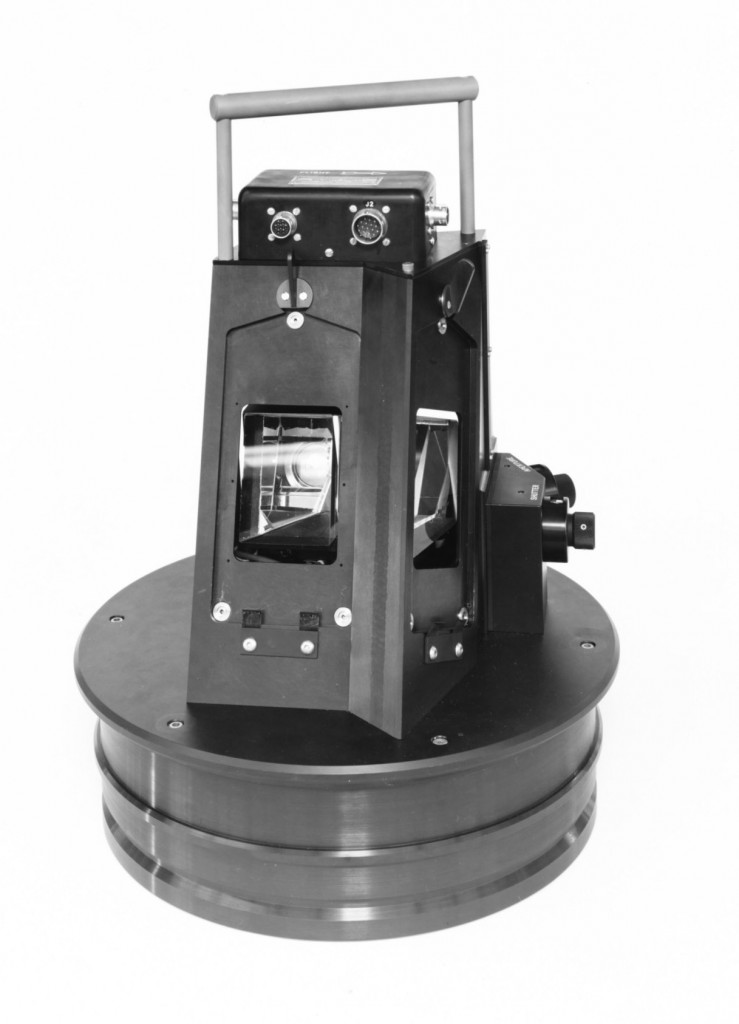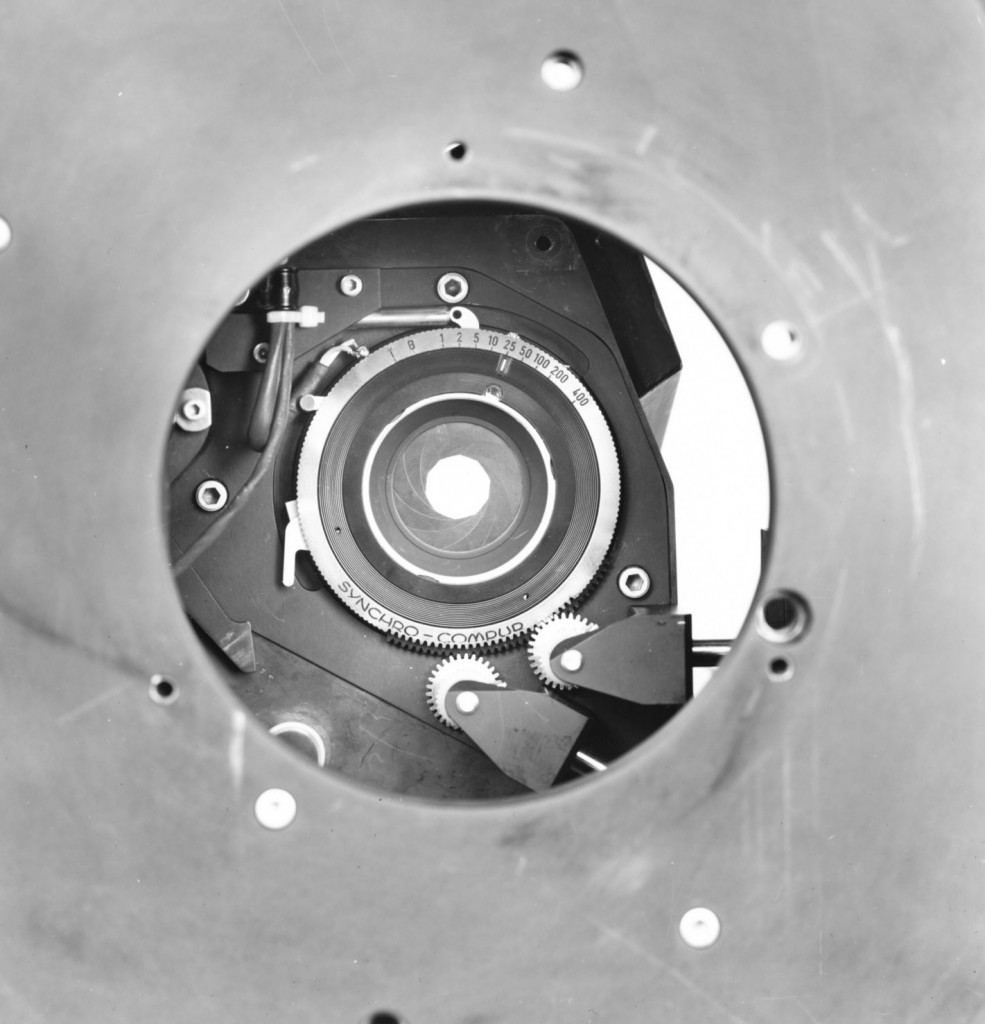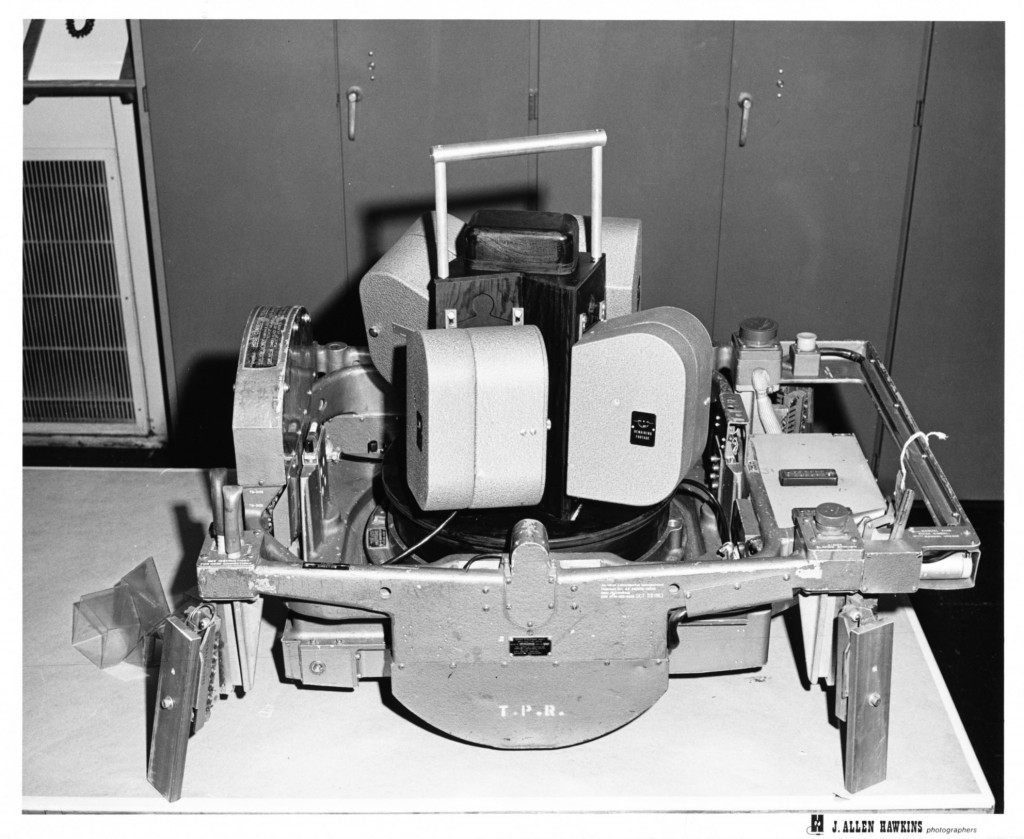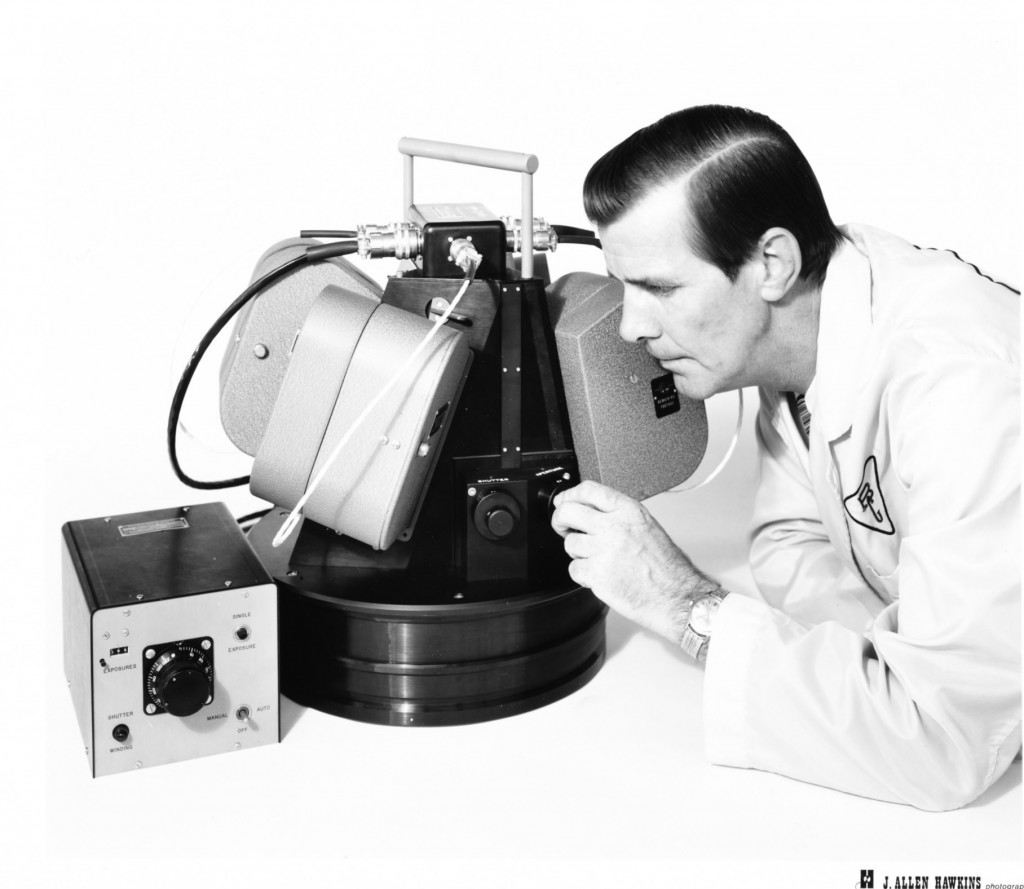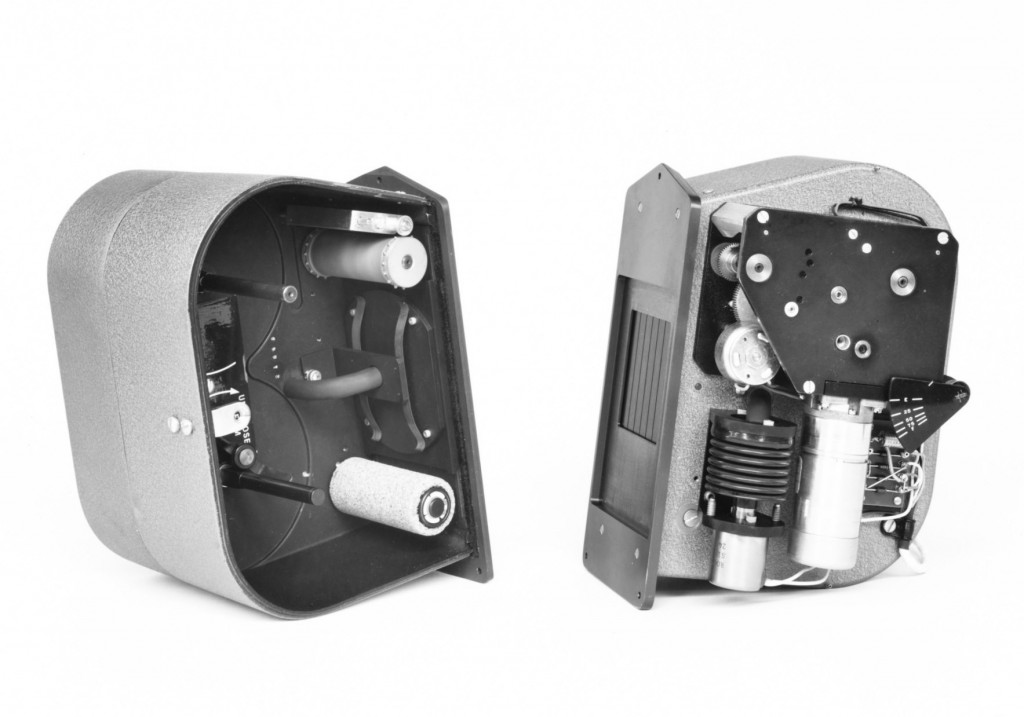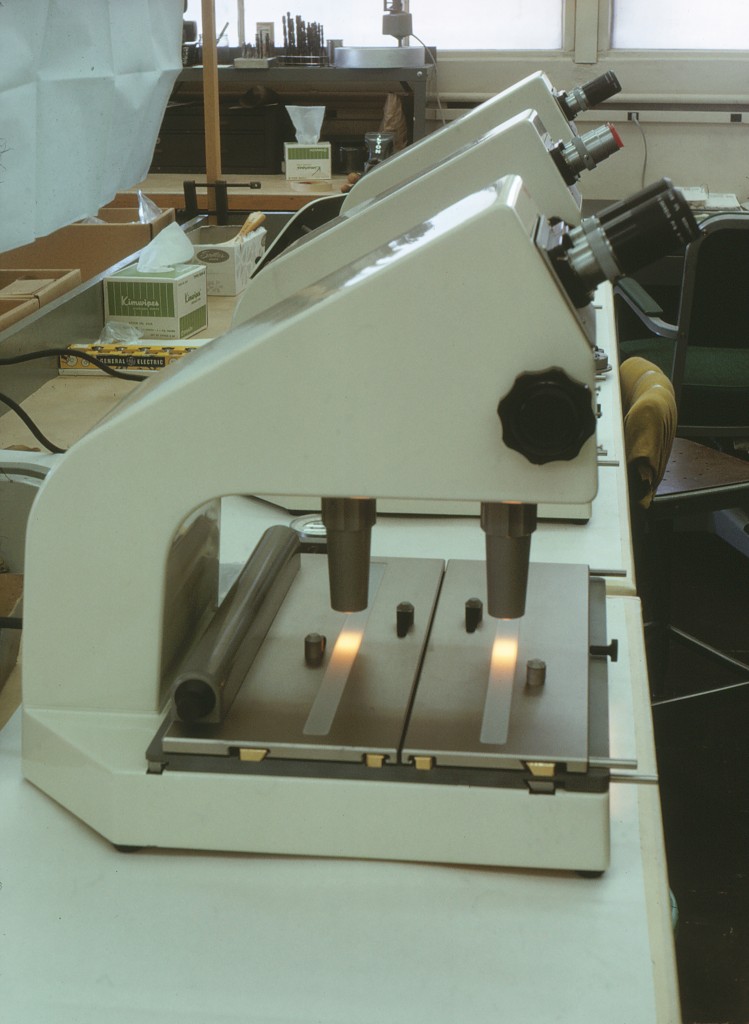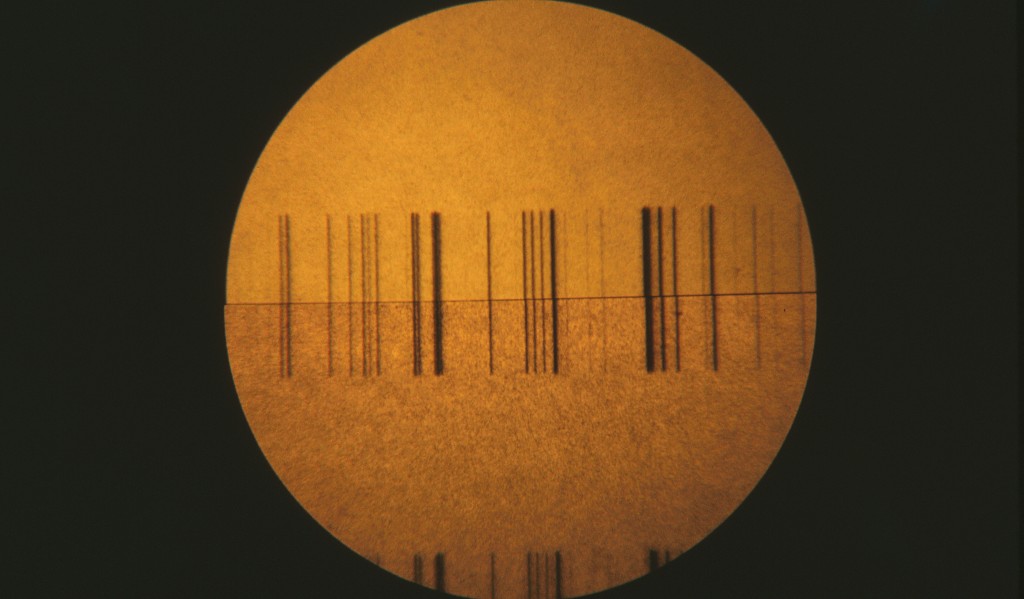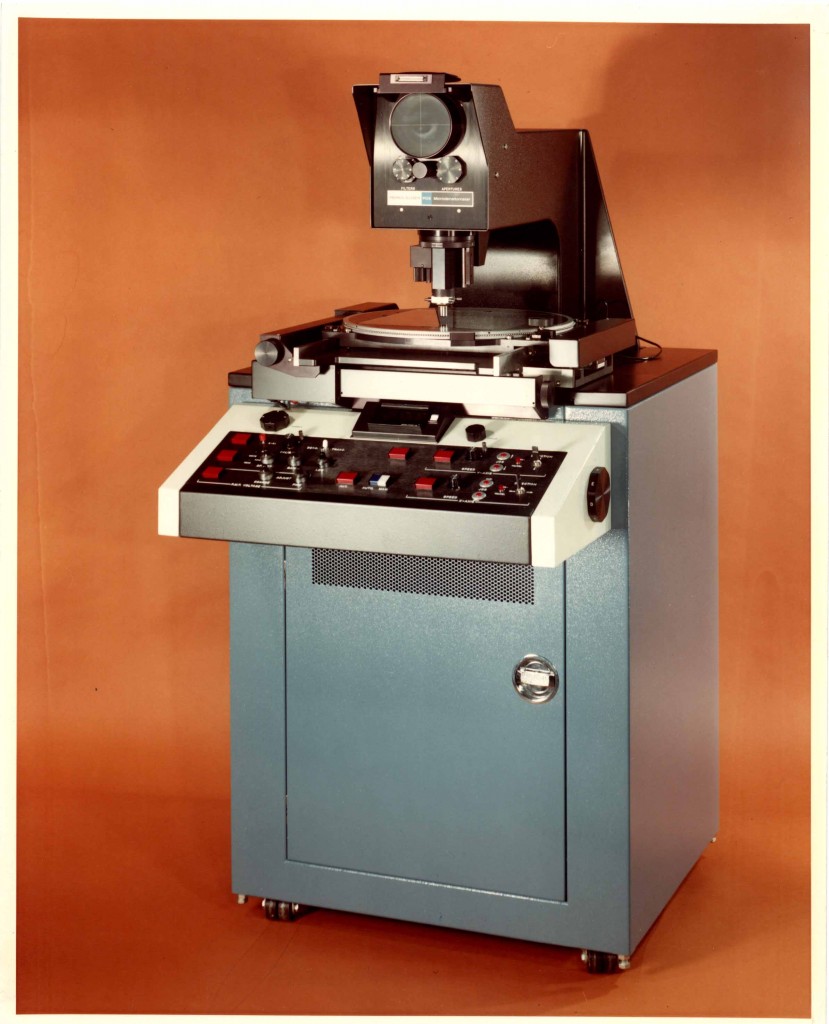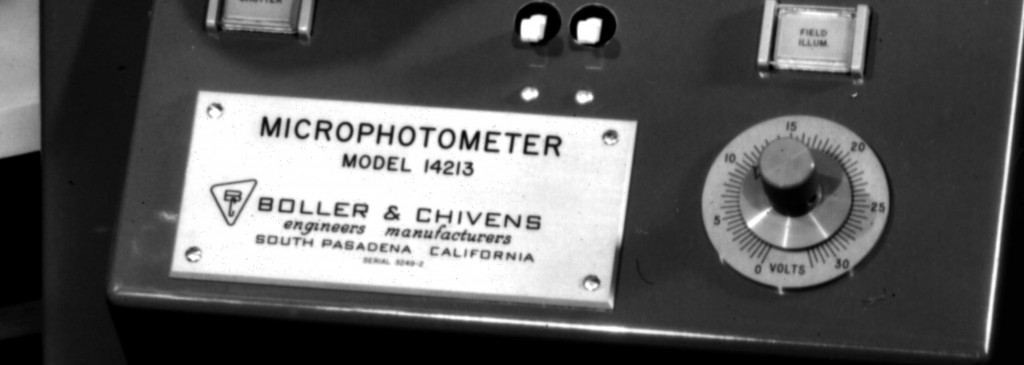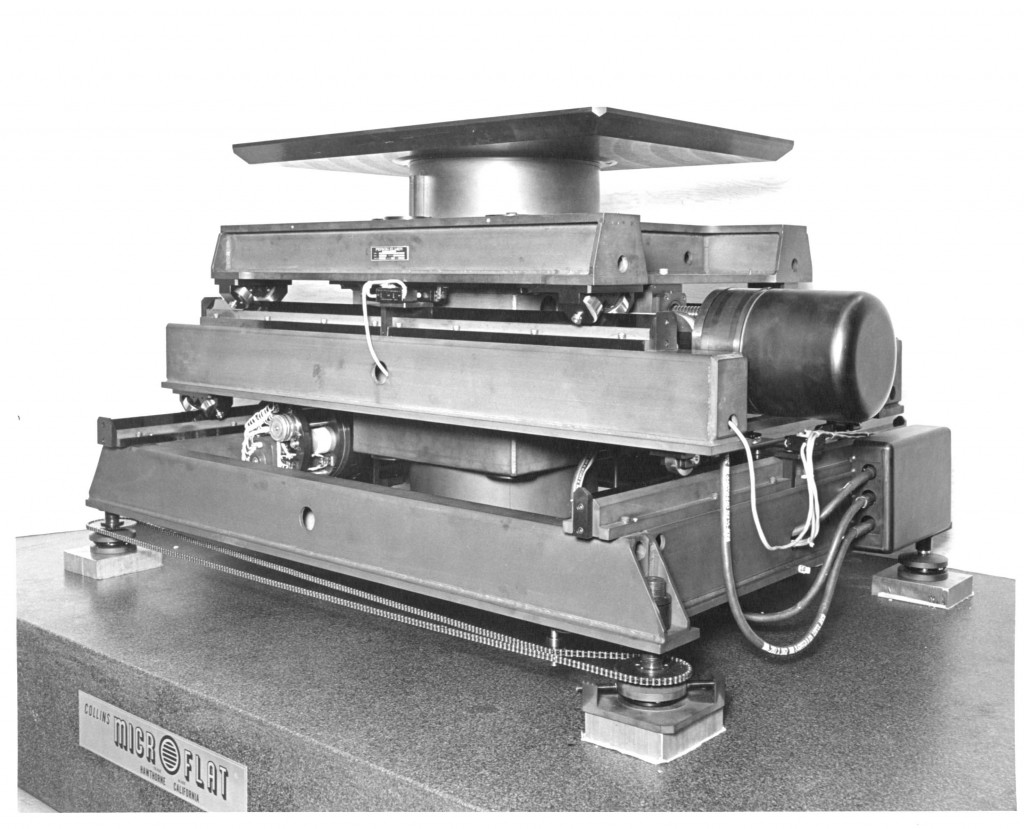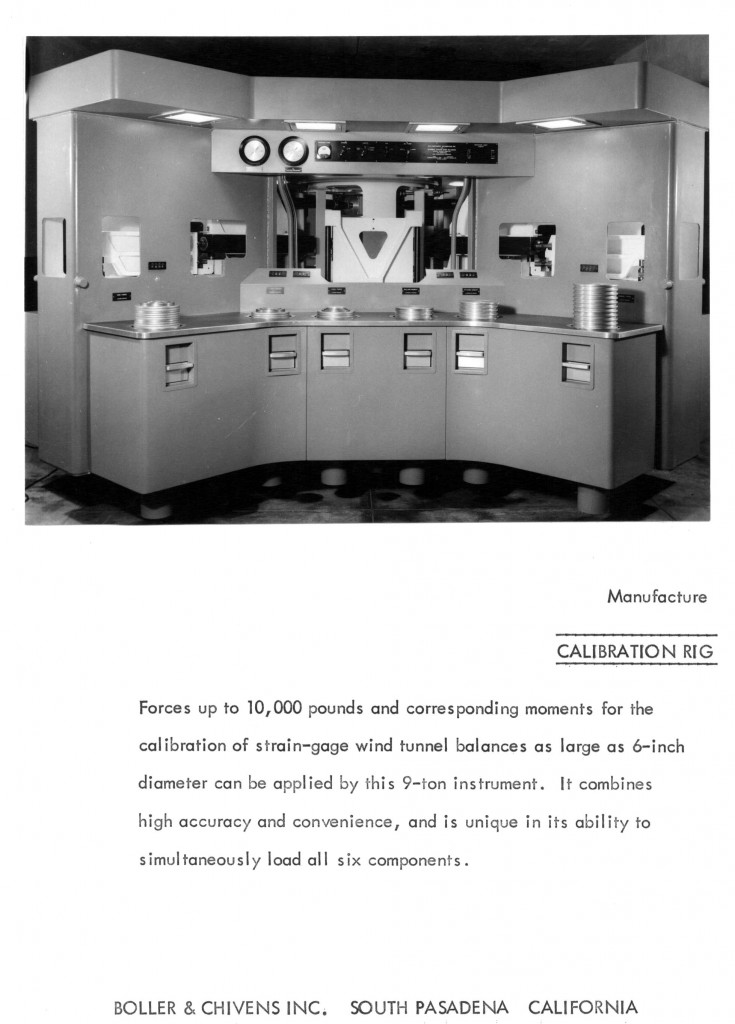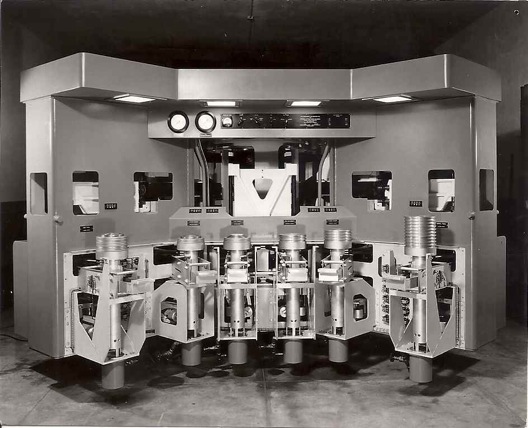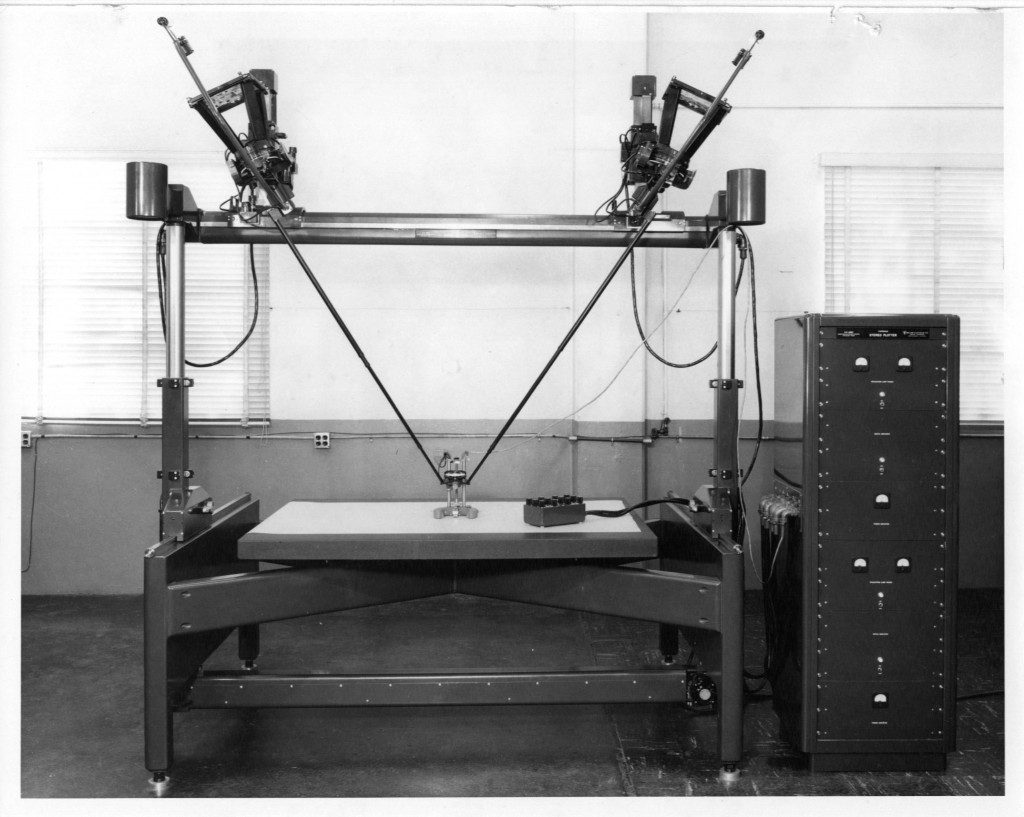 A Stereo Photo Reconnaissance Mapping Instrument
A Stereo Photo Reconnaissance Mapping Instrument
designed and manufactured by Boller and Chivens.
Pairs of aerial photos are placed, one of each at the top of the instrument, on the top left and right plate holders of optical lens projection systems.
Images of the photos are projected down to blank paper flattened on a flat surface plate.
The two projectors are positioned such that each of their projected photo images are separated for stereopticon viewing through an eyepiece-holding device.
The eyepiece device slides over the flat paper focusing on the projected stereopticon images.
The eyepiece device is connected with two rods, one to each of the cameras.
When the eyepiece device is moved about the surface plate, the two projector systems remain pointing directly at the eyepiece device area by the pair of alignment rods.
With practice the projected terrain images can be viewed in real-time stereo.

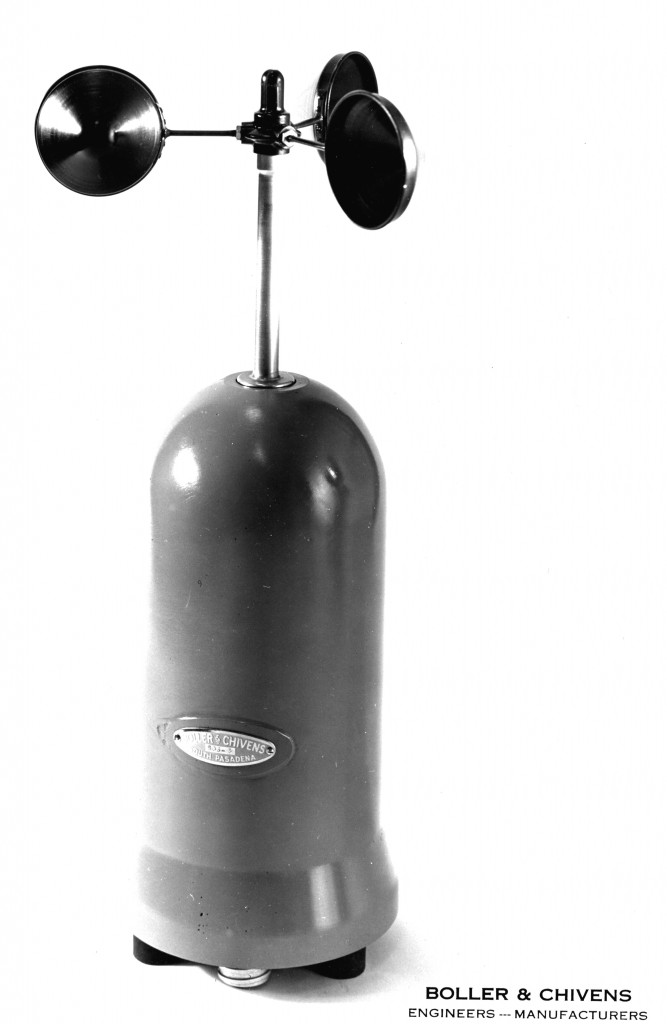
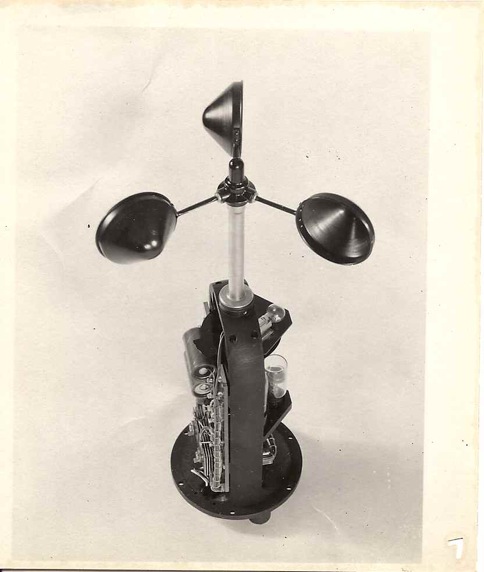
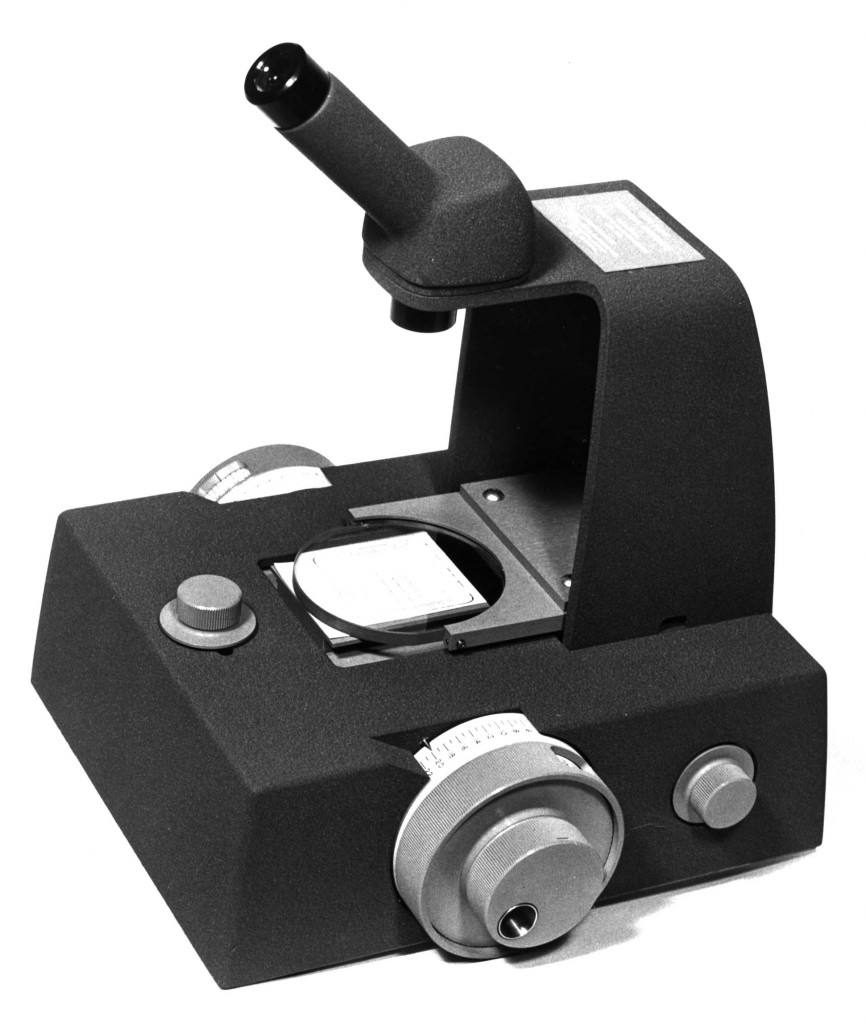
 The multiband camera was made for the U.S. Engineering Topographical Laboratory at Fort Belvoir, Virginia. It took four pictures having four different wavelengths including infra-red using a single shutter. This camera was flown on the U2 aircraft. An article describing the Multi-band camera appears in PERKIN ELMER TECHNICAL NEWS VOL.1 NO 6 DATED July – August 1972
The multiband camera was made for the U.S. Engineering Topographical Laboratory at Fort Belvoir, Virginia. It took four pictures having four different wavelengths including infra-red using a single shutter. This camera was flown on the U2 aircraft. An article describing the Multi-band camera appears in PERKIN ELMER TECHNICAL NEWS VOL.1 NO 6 DATED July – August 1972